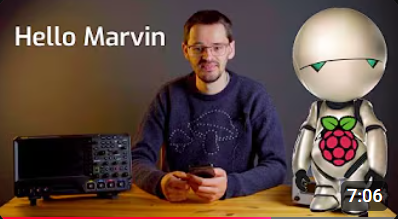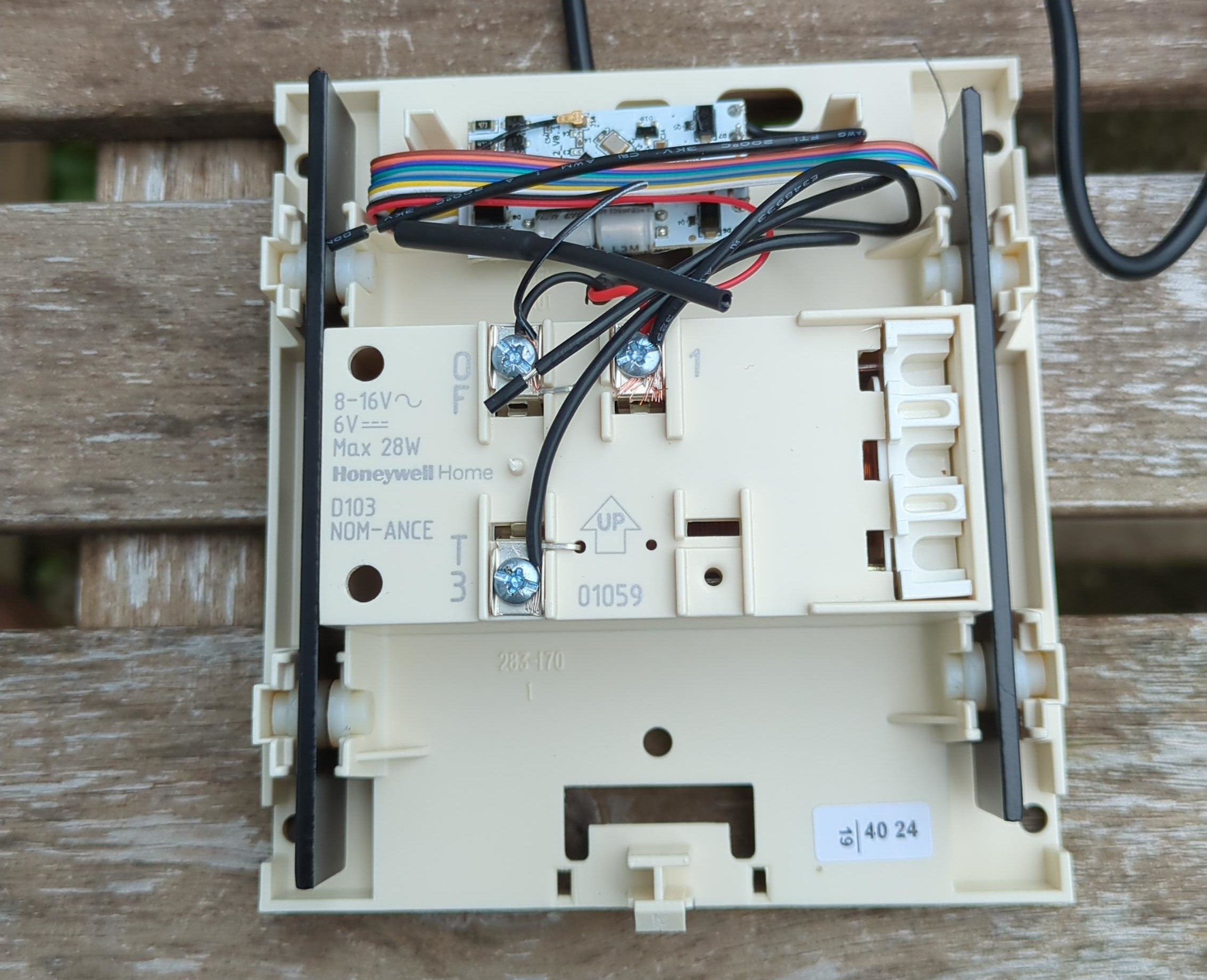
In search for the 99.9999% uptime doorbell
These days smart doorbells are all the rage, a significant portion of houses in my neighborhood are adorned with Ring camera doorbells, while our house has a simple button that goes ding-dong and sends me a push notification. Let me tell you why and how.
Reliability
I have several qualms with Ring doorbells, not in the least the privacy aspect and the ugly fake MP3 chime, but what I want to talk about today is reliability.
Reliability is commonly expressed in the number of nines. If your doorbell works 90% of the time, that’s one nine, if it works 99% of the time, that’s two nines, and so forth, all the way to 6 nines, 99.9999%. For context, that is 30 seconds downtime per year!
Comparing the options
For an internet connected doorbell to work, the whole Rube Goldberg machine of buttons, chimes, apps, servers, wifi, electricity, internet, all need to work. I would be impressed if it did 2 to 3 nines.
By comparison a classical button and chime pretty much only need electricity to work. That would maybe get you 4 to 5 nines, depending on how reliable your electricity grid is.
To reach those elusive 6 nines you would need to add battery backup for your doorbell, at which point you would do well to take a moment to question your life choices.
How much nines do you really need? A failed doorbell may result in a trip to the post office for your package, not the end of the world!
But more critically, you can just use the 99.999999999% method of just knocking on the door. This is called graceful degradation, and is super important!
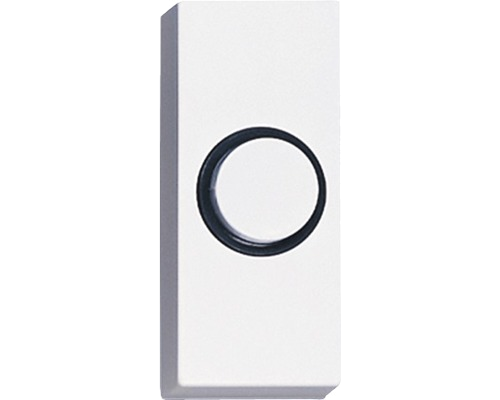
Graceful degradation
At Sanctuary Systems we believe in smart home automation that is private, reliable, and degrades gracefully, and we can do a lot better than a Ring on all accounts.
Let me introduce you to the Shelly Plus Uni, a tiny wifi chip that can become the brains of low voltage “dumb” devices like a classic doorbell. Simply connect it between the chime transformer, coil, and button and you’re good to go.
The Uni detects the button press and triggers the chime completely locally so your doorbell still gives its timeless ding-dong if the wifi is down. But it can also connect to Home Assistant so that if the wifi is up, it can send a push notification to your phone.
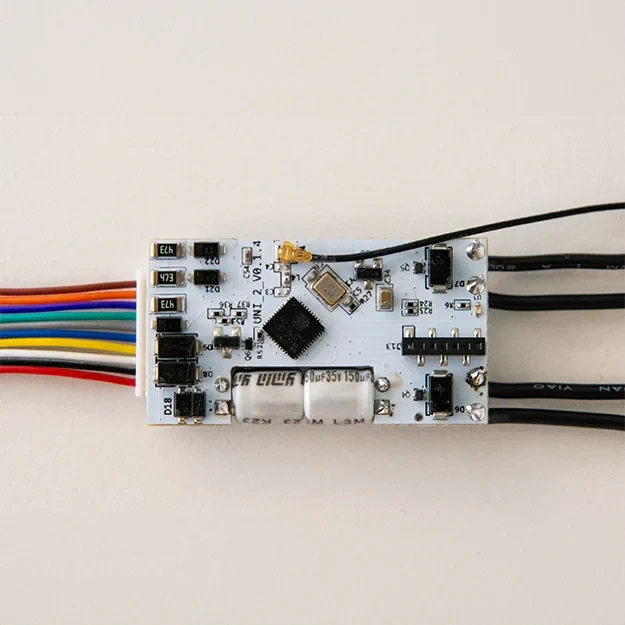
Hardware control
Pretty cool! Not perfect though, if we ever do a Sanctuary Systems doorbell, there are two things I would change:
Hardware control: The Shelly detects the button press in software and software can have bugs. In the Sanctuary doorbell, the buttons directly controls the relay in hardware, so it even works if the microcontroller crashes.
Software inhibit: The Uni doesn’t seem to have a good way to enable/disable the chime from Home Assistant while maintaining graceful degradation. If you route the chime via HA it’ll fail when the wifi is down.
I have a working prototype, so maybe some day?
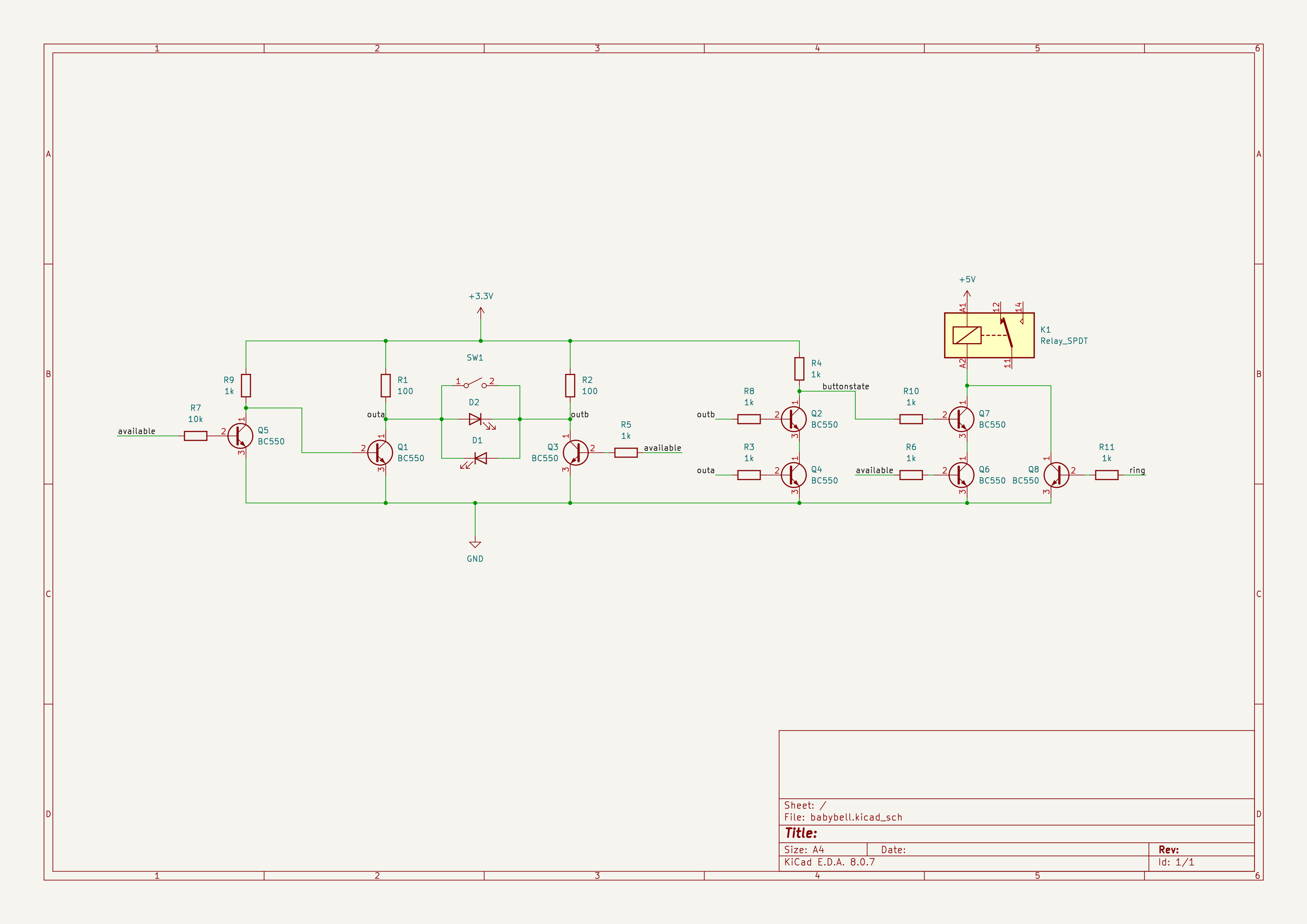
The rest of your sanctuary
As we've seen, a doorbell is relatively easy to make smart, private, and reliable, but not everything has the built in fallback mechanism of knocking on the door. If your smart lock doesn't have a purpose built fallback mechanism you could be locked out of your house!
Stay tuned for more home automation solutions, the sanctuary way.

More articles


